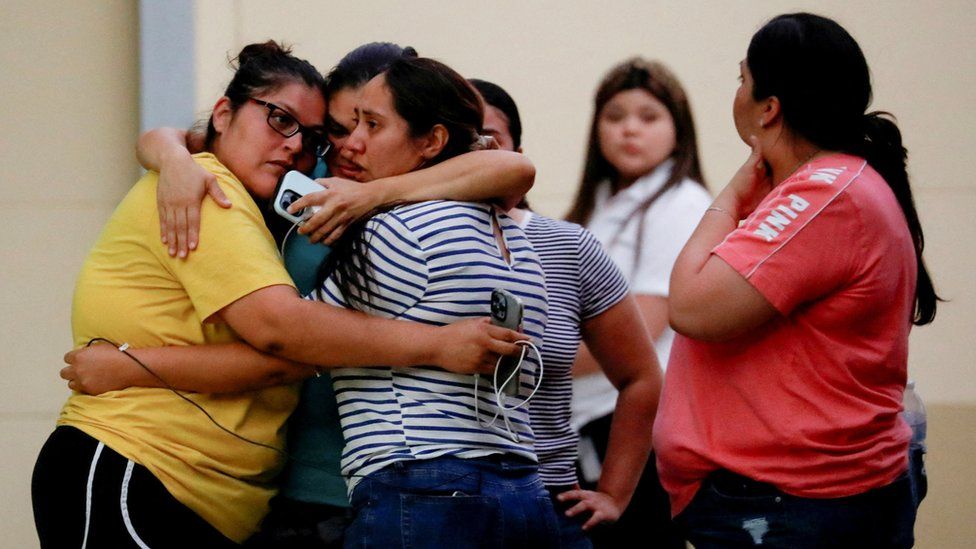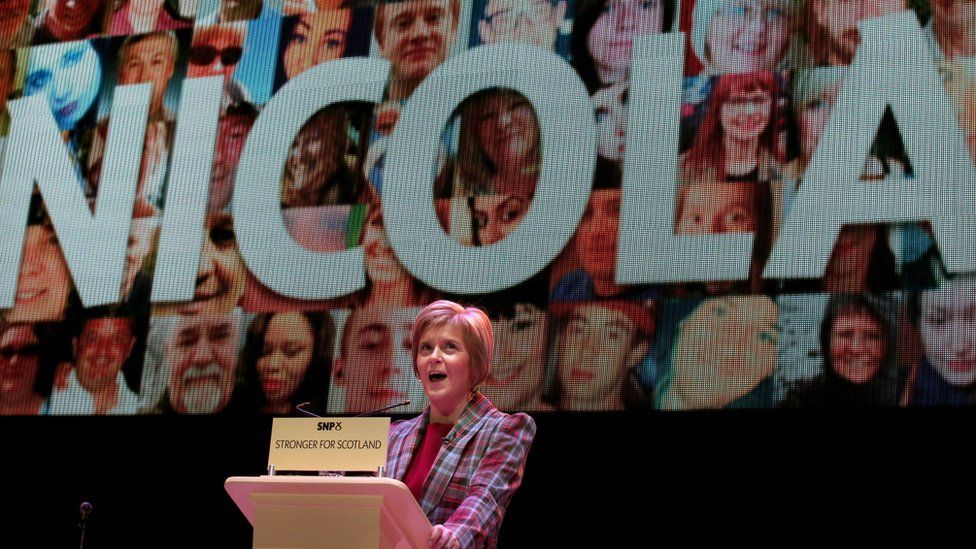The Scottish Tory leader spoke after the publication of Sue Gray’s final report into Downing Street parties during the pandemic.
It said many events “should not have been allowed” and criticised the No 10 leadership for its “party culture”.
Prime Minister Boris Johnson said he took “full responsibility for everything that took place”.
He said he had been “humbled by the whole experience” and had learned lessons.
Speaking to the BBC, Mr Ross said the behaviour was “unacceptable” and the public were right to be angry.
However, he added that Mr Johnson should continue as PM because of the ongoing war in Ukraine.
SNP Westminster leader Ian Blackford called the report “utterly damning”, adding that Tory MPs should remove Boris Johnson from office if he did not resign.
But Douglas Ross said if the PM was ousted, then it would take months to replace him, which would “destabilise the situation and only help Vladimir Putin”.
Mr Ross added that a parliamentary committee would now consider whether the PM had misled the House of Commons when he told MPs that the rules had been followed at all times.
Mr Johnson has denied lying to MPs but admitted it was not correct when he said all the rules had been followed.
Mr Ross added: “Deliberately misleading parliament, if he is found guilty of that, there is very little option… for the prime minister to continue after that.
“The ministerial code states if a minister is found to have deliberately misled parliament, they cannot continue.”
He also defended Mr Johnson’s record in office – citing the furlough and vaccination schemes as examples of the PM’s success.
Mr Ross previously submitted a letter of no confidence in the prime minister over the scandal before rescinding it – again citing the need for stability at the top of government following the Russian invasion of Ukraine.
In total, 83 people have been fined by the Metropolitan Police for breaking lockdown laws in Downing Street.
These include Mr Johnson, his wife Carrie and Chancellor Rishi Sunak, who received Fixed Penalty Notices for attending the PM’s birthday party in June 2020, which is among 16 events covered by the Gray report.
Douglas Ross has not broken Covid rules but Partygate has caused him no end of trouble.
At first, he took what appeared to be a principled stand, condemned the prime minister and demanded his resignation.
Then, when war in Ukraine broke out, he withdrew his call for the PM to go, arguing that unity was required.
He’s still sticking by the prime minister, although he’s said Boris Johnson would have little option but to resign if a separate Commons committee inquiry finds he’s deliberately misled parliament.
Mr Ross has also told one interviewer that the PM “should step down” when the war in Ukraine is over.
His flip-flopping over the PM’s future has raised questions about his credibility and some Tories believe it contributed to Conservative losses in the recent local government elections.

Scottish Secretary Alister Jack said lessons had been learned and that changes had since been made in No 10, adding that Mr Johnson had his full support.
But Mr Ross’ predecessor Ruth Davidson said earlier this week that Mr Johnson’s position had become untenable.
She told journalists that there was now “photographic evidence that when the Prime Minister stood up in parliament and was asked directly ‘was there a party in No 10 on this date’ and he replied ‘no’, he lied to parliament.”
Following publication of Sue Gray’s report, SNP Westminster leader Ian Blackford said the findings “once again expose Boris Johnson’s lies to parliament and to the public,” adding that the PM had displayed contempt.
Mr Blackford said the PM “must bear responsibility for the culture – a fish rots from the head”.
Scottish Labour’s leader Anas Sarwar said: “Boris Johnson must resign, and if the Conservative Party had any integrity whatsoever they would kick him out.”
He said if Mr Ross had any credibility or principles he would call for the PM’s resignation, adding: “He needs to grow a backbone and boot out Boris Johnson.”
Scottish Green MSP Gillian Mackay said the PM’s behaviour was “bad enough on its own”. But she said “his constant and repeated lying, to parliament and the public, cannot be tolerated”.
Ms Mackay added that Mr Johnson could no longer remain in post, and she said Douglas Ross must call for the PM’s resignation.
Alex Cole-Hamilton, leader of the Scottish Liberal Democrats, said the country needed new leadership.
He added there was a culture of rule and law-breaking presided over by the PM, and said he had lied to the public.
Mr Cole-Hamilton said Douglas Ross had to “grow a backbone and submit his letter of no confidence”.












